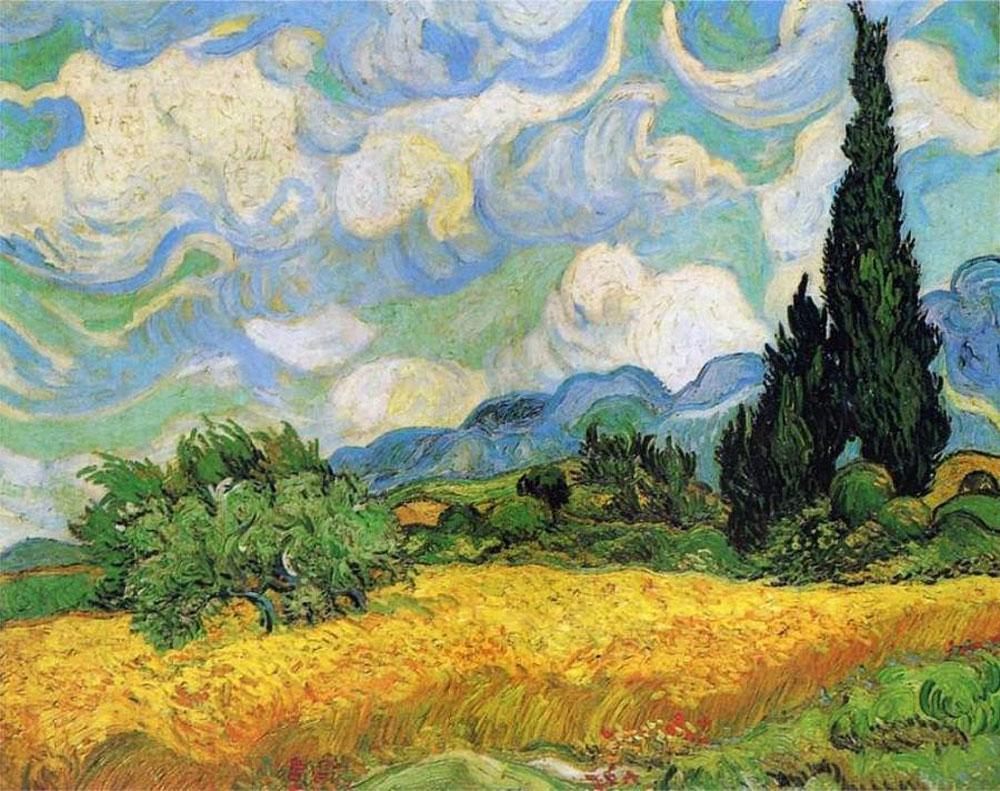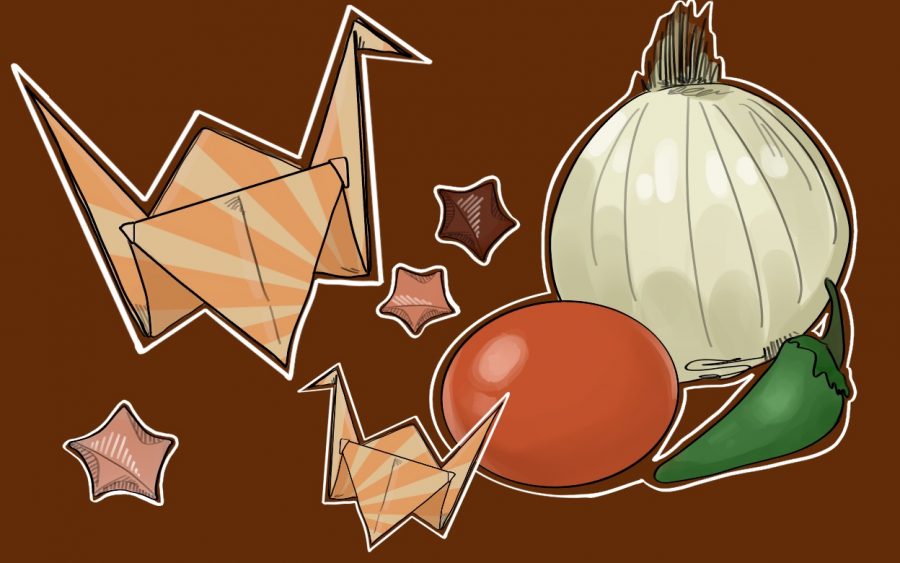A mention of the name “Vincent van Gogh” (1853 – 1890) often leads to the thought that he was the famed artist who cut off his own ear. Repeatedly seen as the epitome of the definition of a “starving artist”, spending money on paint rather than food and occasionally resorting to sipping turpentine and eating paint during desperate times.
Despite his modern-time success van Gogh was largely dismissed during his time. He was seen as dangerous as he roamed the streets of Arles, France. His little popularity showed in having sold only one painting after a decade of experience. His poor health had caught up to him as it became apparent he had been suffering from both physical and mental illness. As a result, famed stories arose of the crazed van Gogh who cut of his own ear and got petitioned out of Arles, committed suicide “for the good of all”.
However, this was also the time he would create his most famous masterpieces including Irises and Starry Night whilst recovering in an asylum in southern France.
In his art, van Gogh is seen to be largely influenced the luminescence of light. Especially evident in daylight paintings such as Wheat Field with Cypresses , his brushstrokes are frenzied, appearing as bursts that have been melted and molded to fit one another. However, van Gogh had also been obsessed with the night, as shown in a letter he wrote to his brother, Theo, “It often seems to me that the night is much more alive and richly colored than the day… night interests me enormously.” Self-discipline is seen in his night time paintings, showing a tamed perspective of van Gogh, despite mental illness.


However, the main attraction of the monumental painting are the blazing stars and crescent moon, each with exaggerated features that bathe in their own luminescence. Heavily reflecting inspiration from the impressionist movement, in which artists would capture images as if someone had only been able to see a glimpse of the original picture and often highlighted the bright and vivid colors of the scene. The scattered stars and swirled skies keep a viewer’s eyes constantly moving about the painting by following the curves and melted smears and strokes, keeping the onlooker engaged and involved with the painting.
Van Gogh, although widely unappreciated during his time, has become a staple in the “Artist Hall of Fame”. Despite his lack of wealth and health care, van Gogh was able to go against all odds during his time at an Asylum at Saint-Remy by creating some of the world’s most treasured paintings including: Irises, Wheat Field with Cypresses, and most notably, Starry Night. The ambiguity and impression from the colors and strokes of his art has captivated many long after van Gogh’s death, including the rising millennials of today. Although he wasn’t disrespected during his lifetime, the world is making up for it today. Hopefully his inspirational works will continue to inspire those for years to come.
By Moy Zhong
What is your favorite Vincent van Gogh painting? Leave a comment below!




















































































